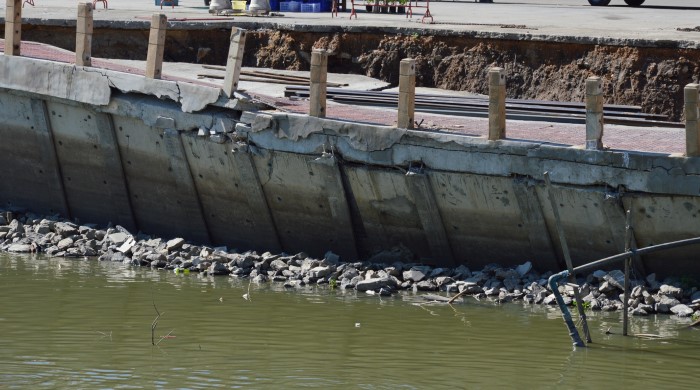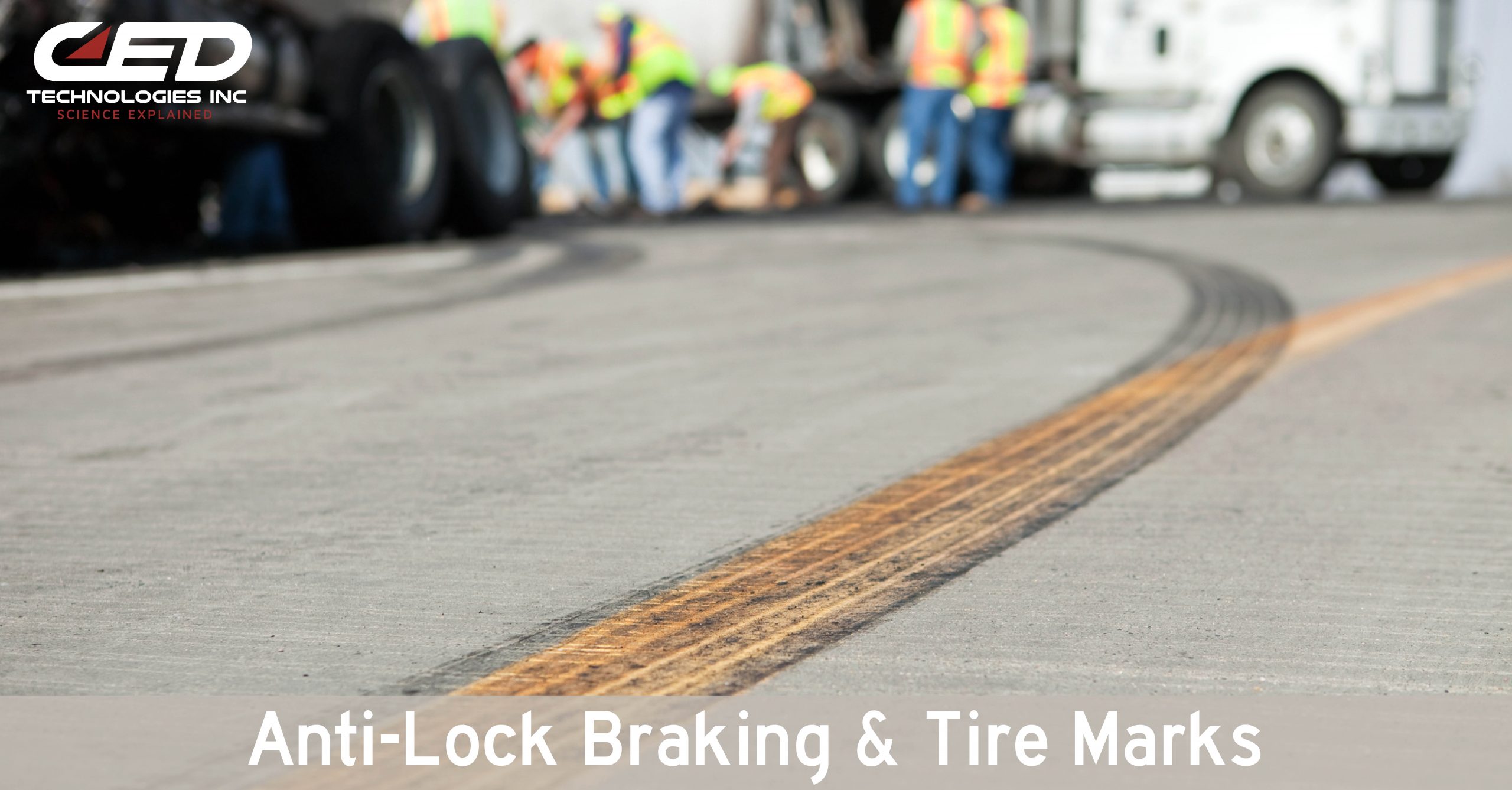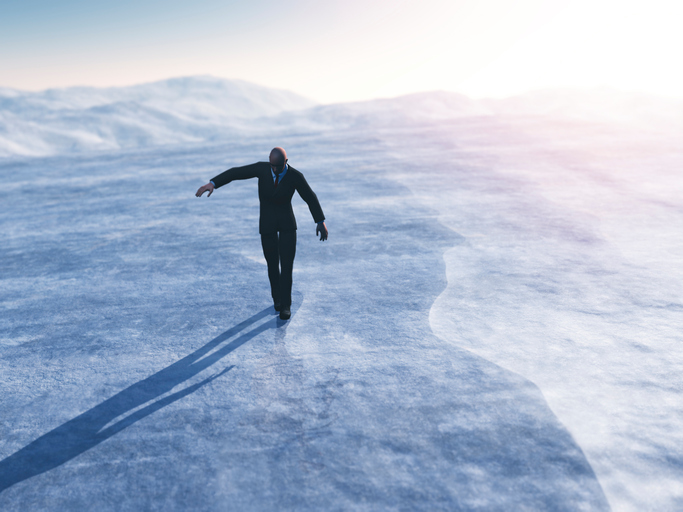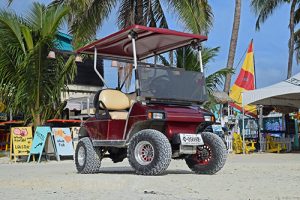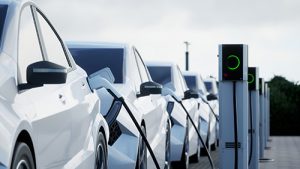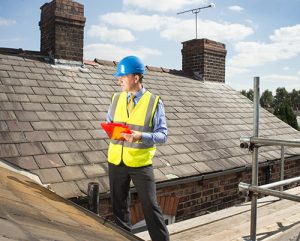Summer is here! June 21st marks the official beginning of summer when people all over the world will head to the coast seeking cool breezes, relaxation and watersport entertainment that only larger bodies of water like lakes and oceans can provide. As the days get longer and warmer, water craft of all shapes and sizes will dot the waterfront and vacationers will crowd into as many waterfront restaurants as will hold them.
Since its inception as a start-up of US Naval Academy forensic engineers over 30 years ago, CED Technologies, whose headquarters remain based within two miles of the prestigious Annapolis institution, has always had a strong presence in the coastal/marine civil engineering sector — including structural engineers who perform underwater inspections in scuba gear. The focus of this article is the coastal structures – marinas, vast naval bases, docks/piers/wharves, etc. — which support such coastal traffic, and how these structures are more susceptible to water action and the subsequent weakening and decay. We will touch on some of the root causes of deterioration, and detection and prevention.
There are three categories of deterioration causation: physical — overstressing, from repeated contact with vessels, heavy loads, or too much wetting, chemical — most commonly from corrosion of metal fasteners like bolts, known as “metal sickness,” and, by far the biggest culprit, biological. Decay fungi eat away at exposed wood above the water line because they require oxygen, and they thrive in warmer, humid environments. Thus, the southeast suffers the most aggressive rates of deterioration. Frequent dampness accelerates the spread of fungi spores. The rate of wood degradation depends on the species of fungus and the variety of wood, but the result is always the loss of weight and strength of wood.
Often, deterioration advances slowly and is not obvious, but by the time it is apparent, the trouble may be widespread. Routine inspection can identify problems before these problems become severe, which can keep the repair costs way down. When a certain level of decay is reached, costly major repairs or even complete demolition of the whole structure may be necessary.
An easily overlooked consideration with regard to monitoring and maintaining marine structures is that water conditions and composition can change significantly over time. For example, rerouting waste discharge pollution from a power plant has been known to affect the rate of biological decay, as have longer-term fluctuations in weather patterns.
In conclusion, marine structures must endure different stressors than those on shore, and CED can provide the specialists who understand these stressors and help determine contributing factors and liability of loss, whether they stem from natural or human causes, or both.
Additional areas of CED waterfront expertise include:
- Dredging
- Port gantry crane and rail condition & rail foundation analysis
- Bollard capacity analysis
- Port capacity analysis
- Vessel docking analysis
- Pier and floating dock pile design
- Underwater construction and inspection
- Bulkhead and sea wall design
- Groins
- Jetties
Click Here To See Our Full List of Experts Click Here To Submit an Inquiry about a possible Claim or Case.
